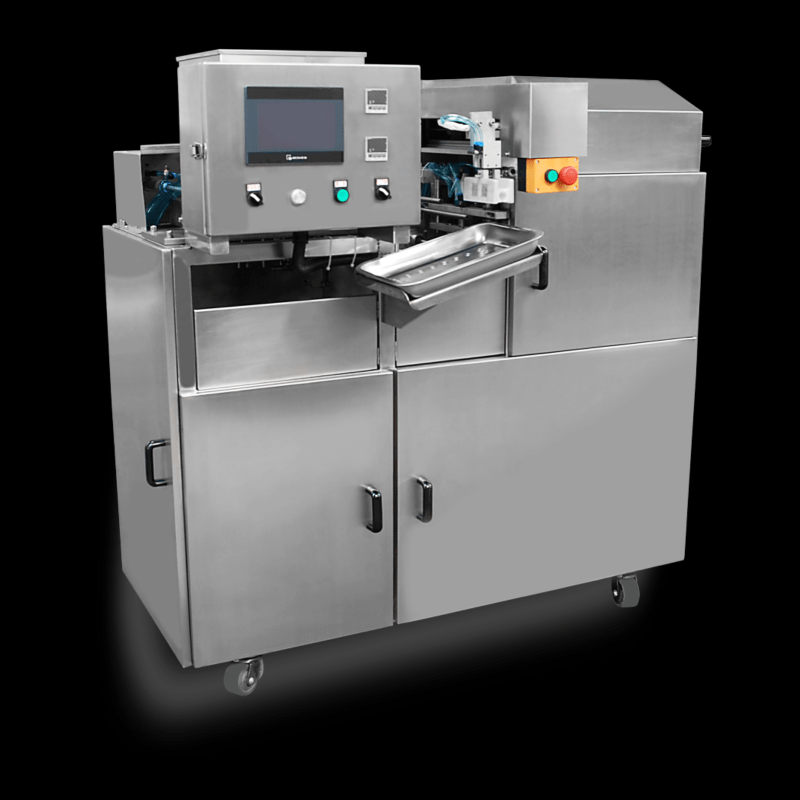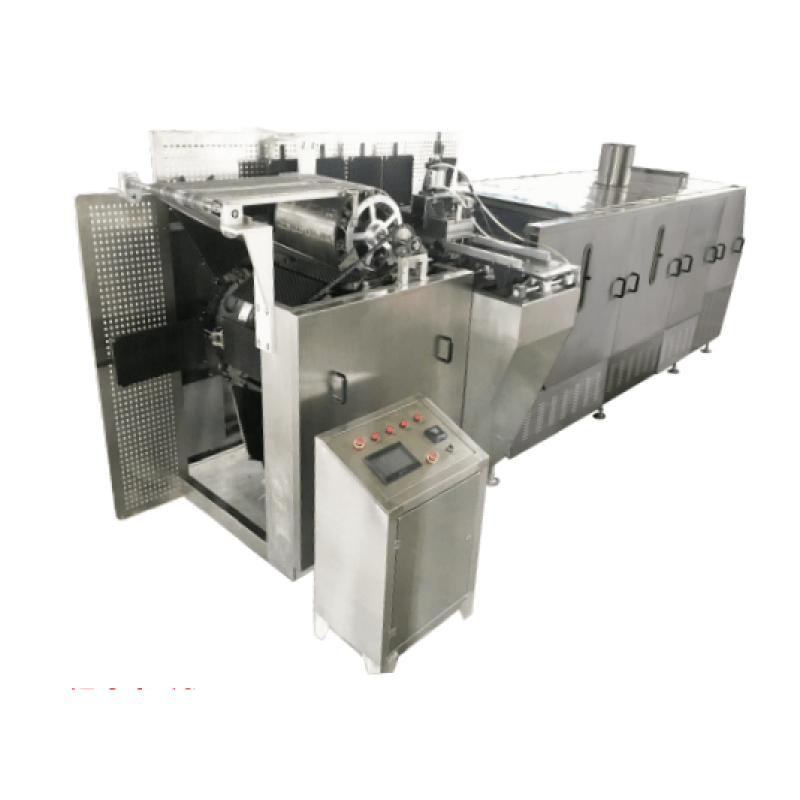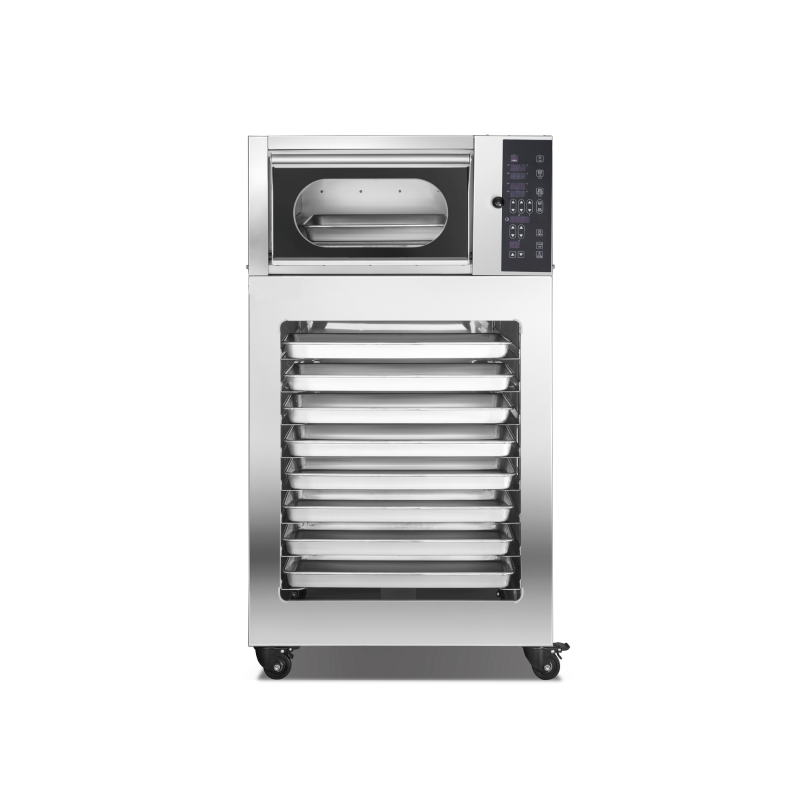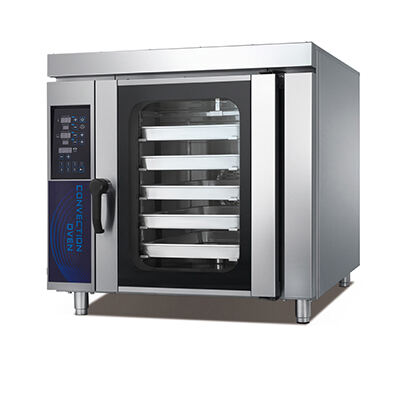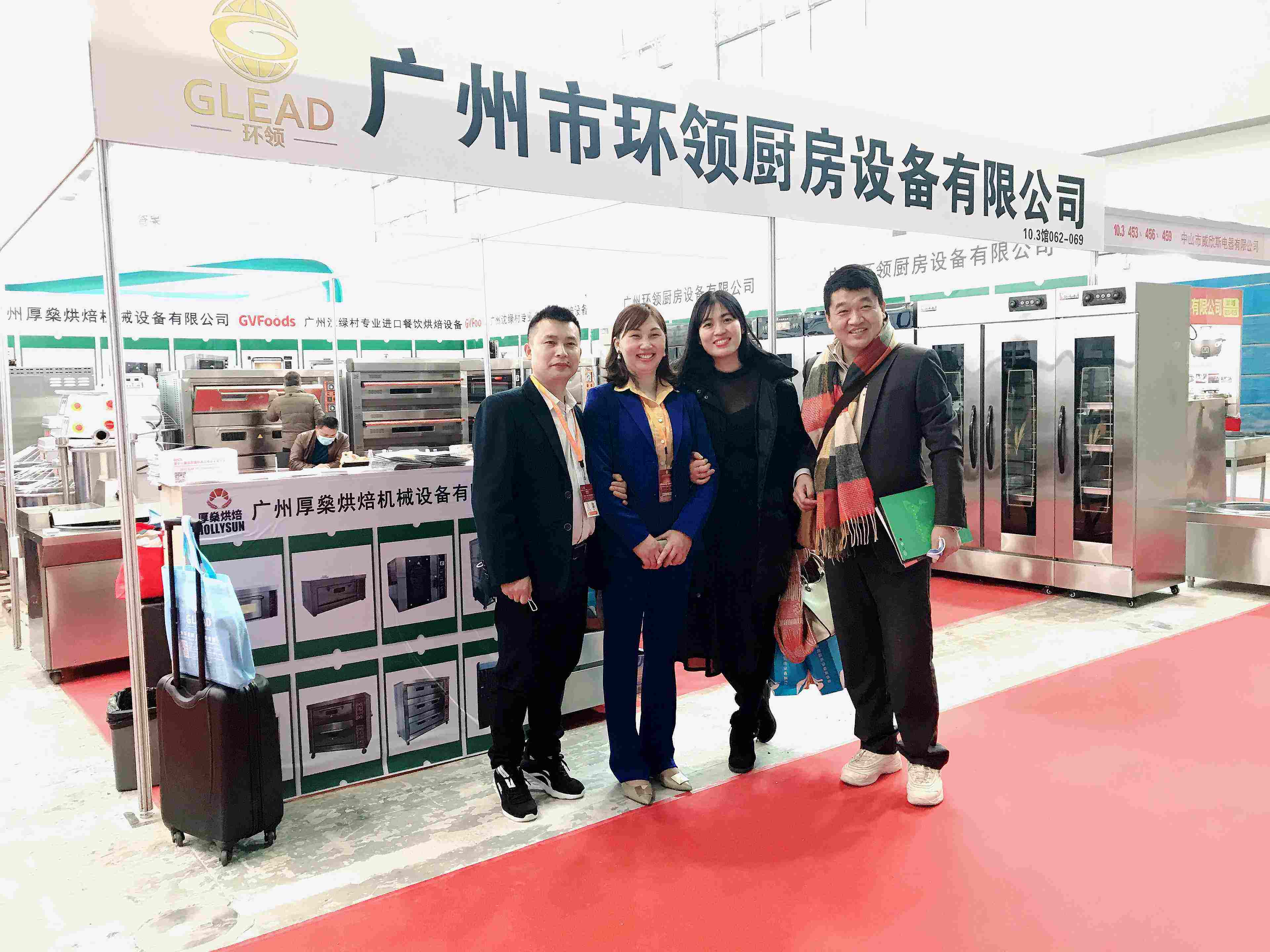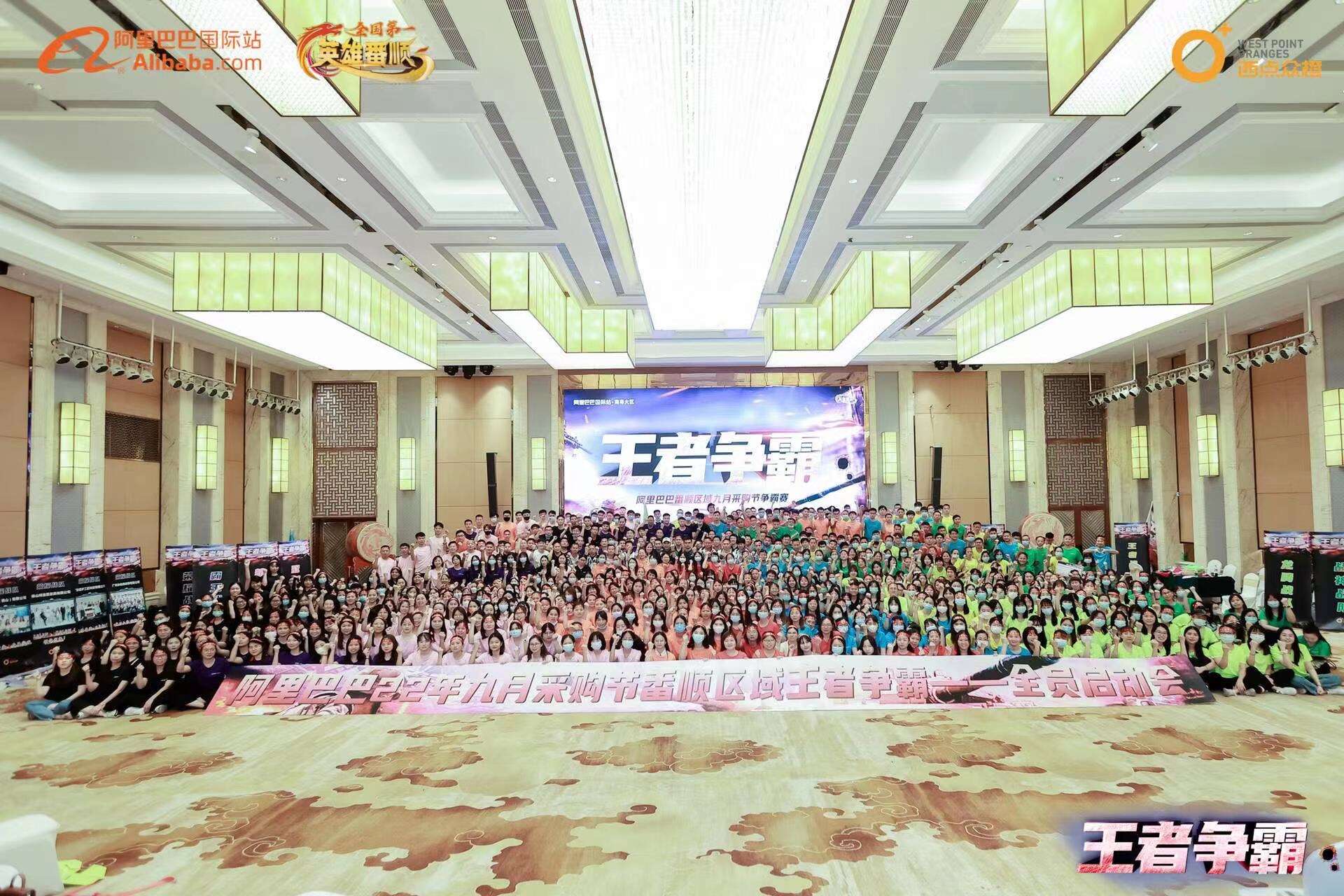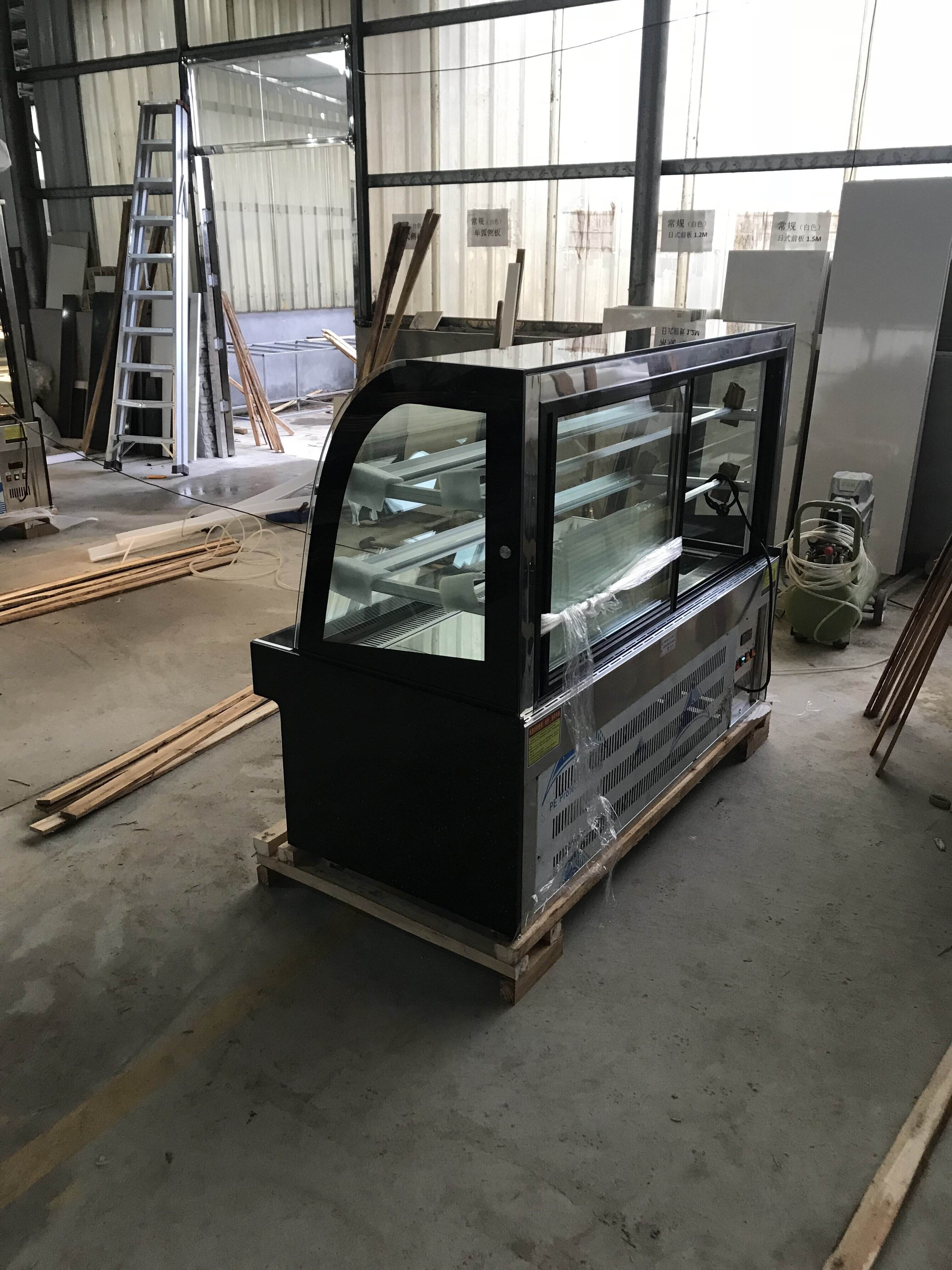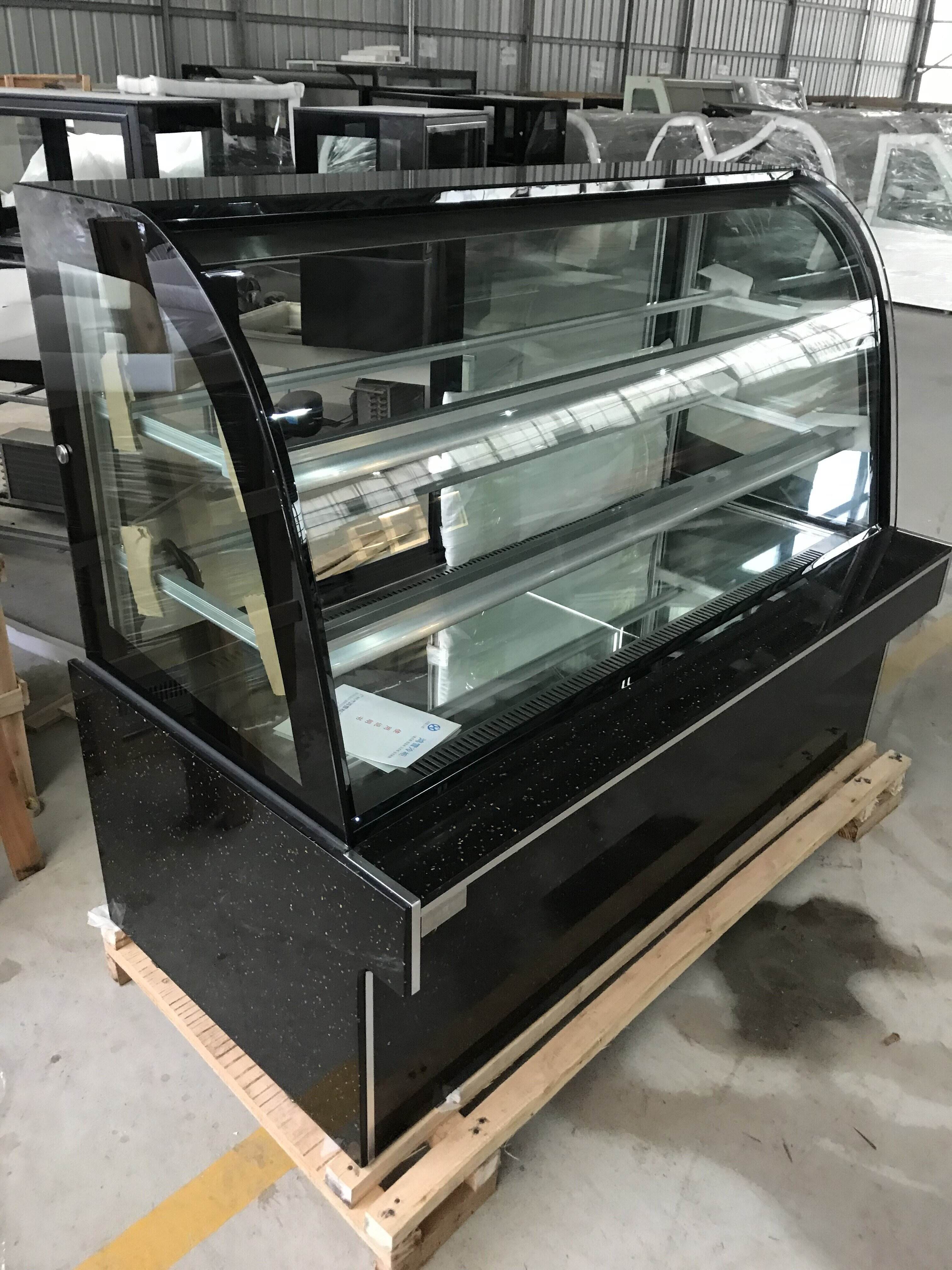bakery convection oven price
Bakery convection oven prices represent a crucial consideration for both professional bakers and business owners in the food service industry. These advanced cooking systems typically range from $1,500 to $15,000, depending on size, capacity, and technological features. Modern bakery convection ovens incorporate sophisticated air circulation systems that ensure even heat distribution, resulting in consistently perfect baking results. The price spectrum reflects various capabilities, from basic models suitable for small bakeries to industrial-grade equipment for high-volume operations. These ovens feature digital controls, multiple rack positions, and precise temperature management systems. The investment consideration must account for energy efficiency ratings, which can significantly impact long-term operational costs. Most models include programmable settings for different recipes, steam injection systems for achieving ideal crust development, and advanced insulation for maintaining stable baking environments. When evaluating price points, buyers should consider factors such as production capacity, available space, and specific baking requirements. Higher-priced models often include additional features like touch-screen interfaces, remote monitoring capabilities, and advanced cleaning systems.

